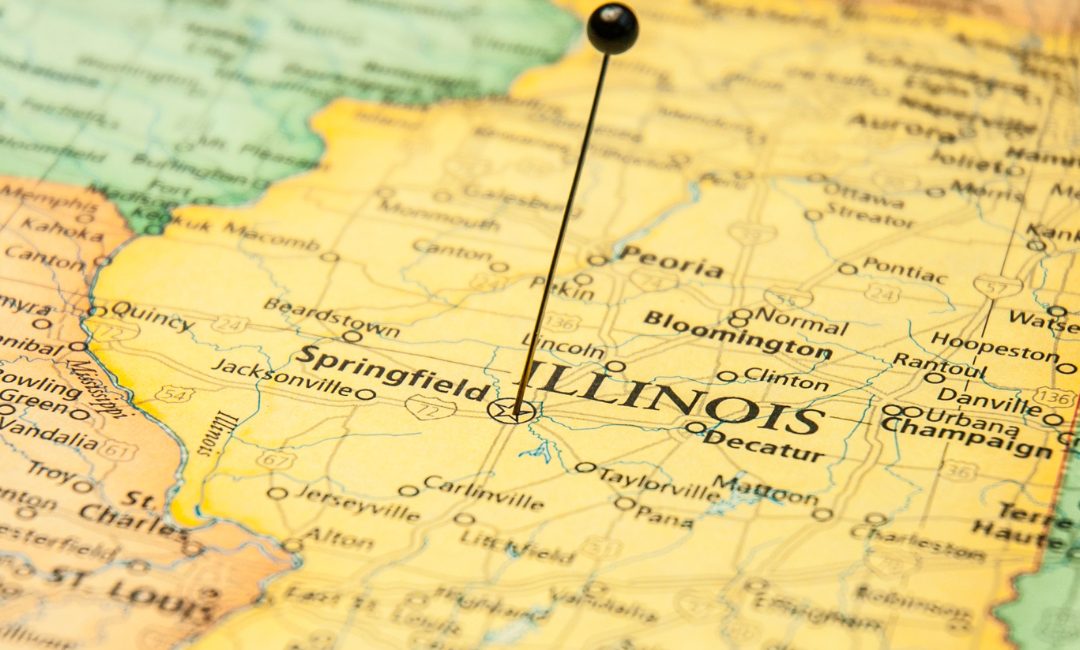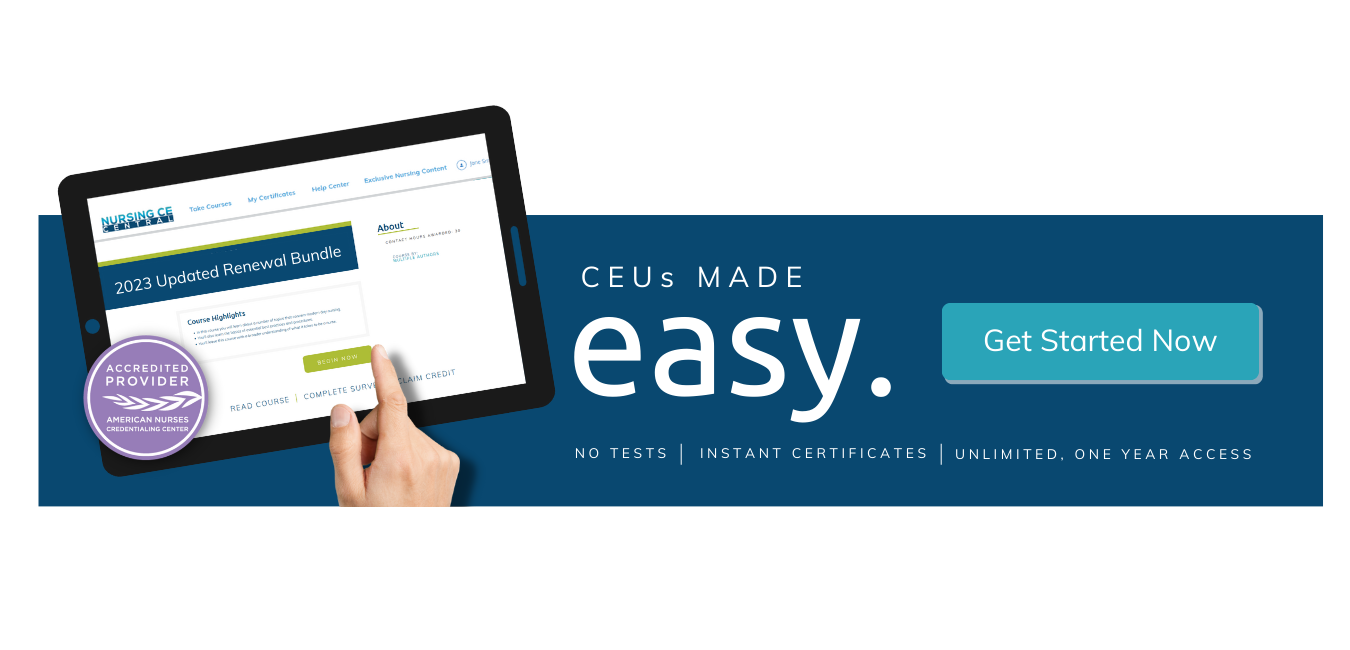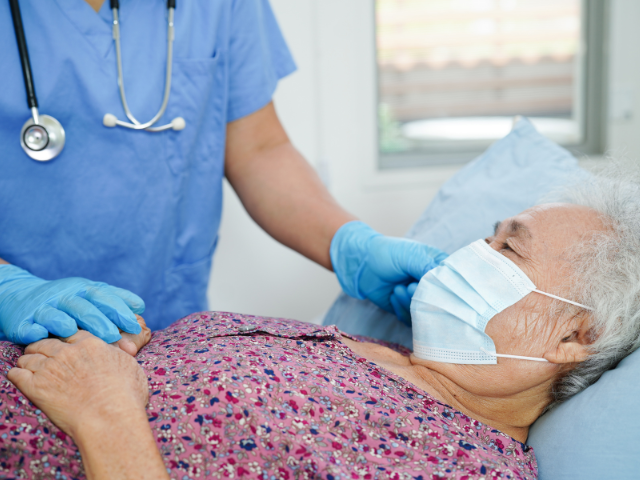In my schooling to become a nurse practitioner, we did not spend a great deal of time focused on the elder population and their unique social needs and health inequalities. Instead, our education largely highlighted their many complicated health conditions.
These patients are often complicated because they have lived long lives, often acquiring many comorbidities. We do not, however, learn about social isolation and loneliness and its impact on our aging patients. In my experience as a provider, our medical system tends to lean more toward “problem focused,” care and, until recently, social isolation, loneliness, and community (or lake thereof) were not considered priorities in treating patients.
As our population ages and life expectancy increases, the social implications of living a long life should be evaluated as it relates to our healthcare system. Social isolation has been proven to decrease longevity and quality of life, but this is not at the forefront of our minds when managing patients, and it really should be, as the authors of one study argue.








